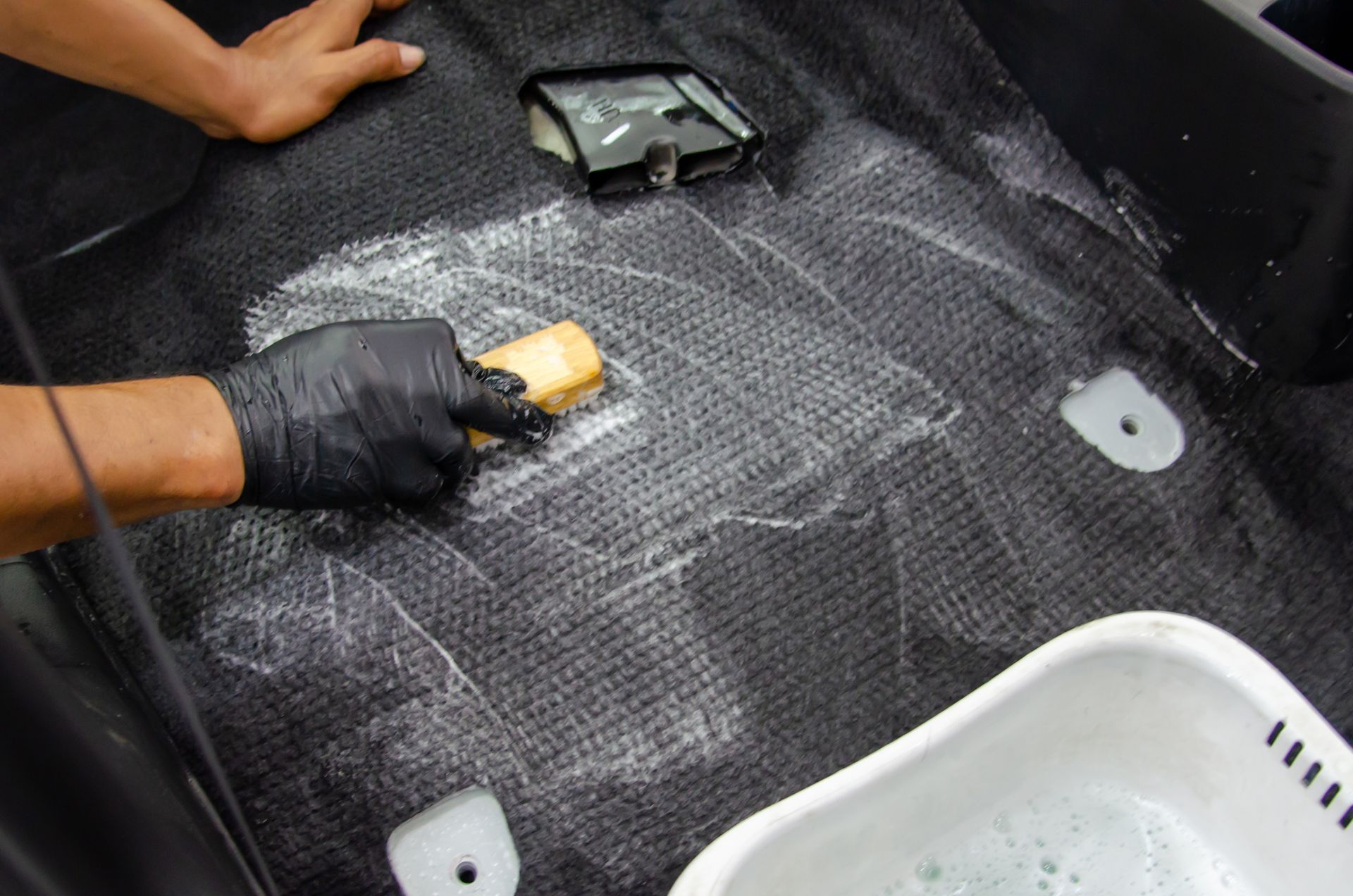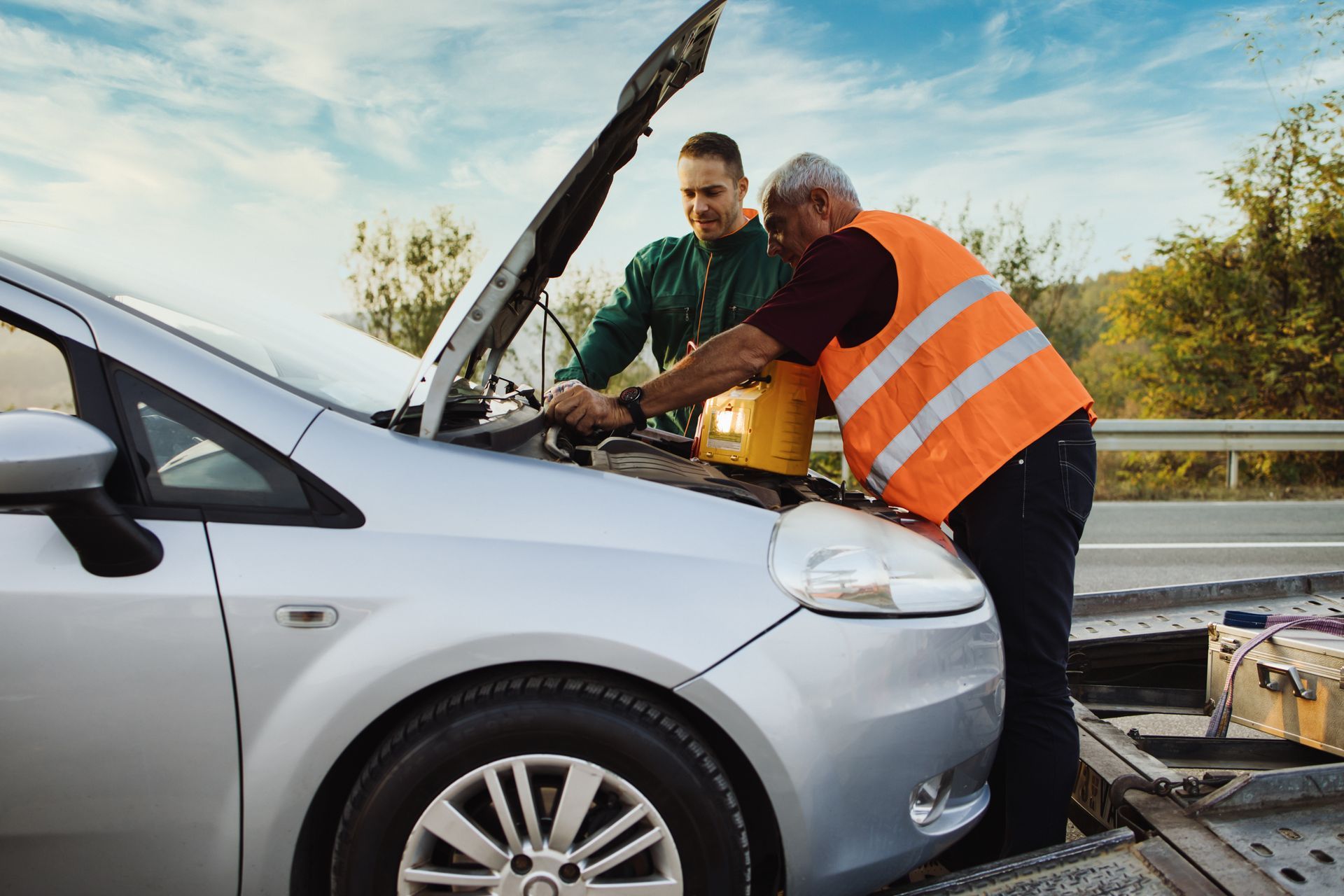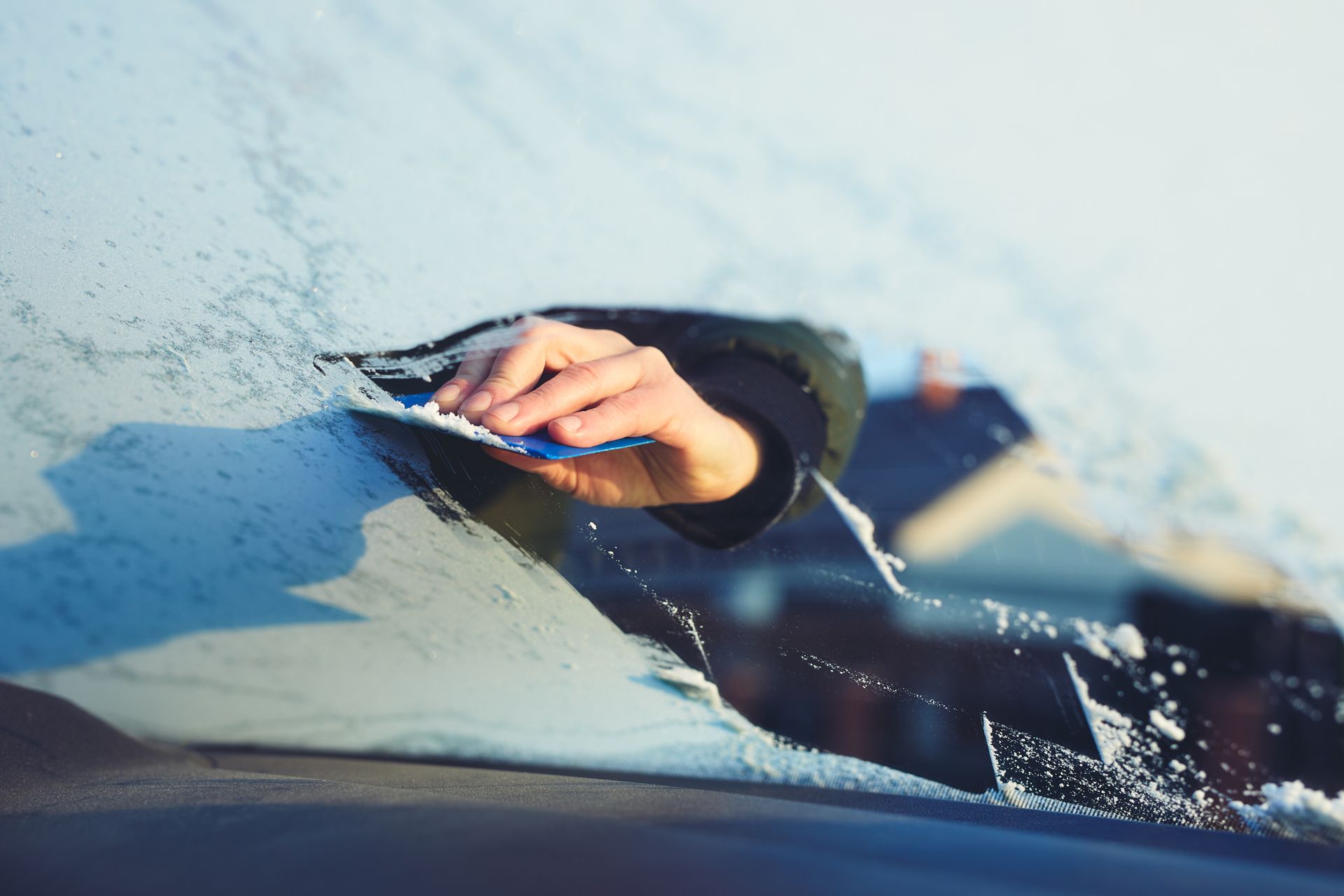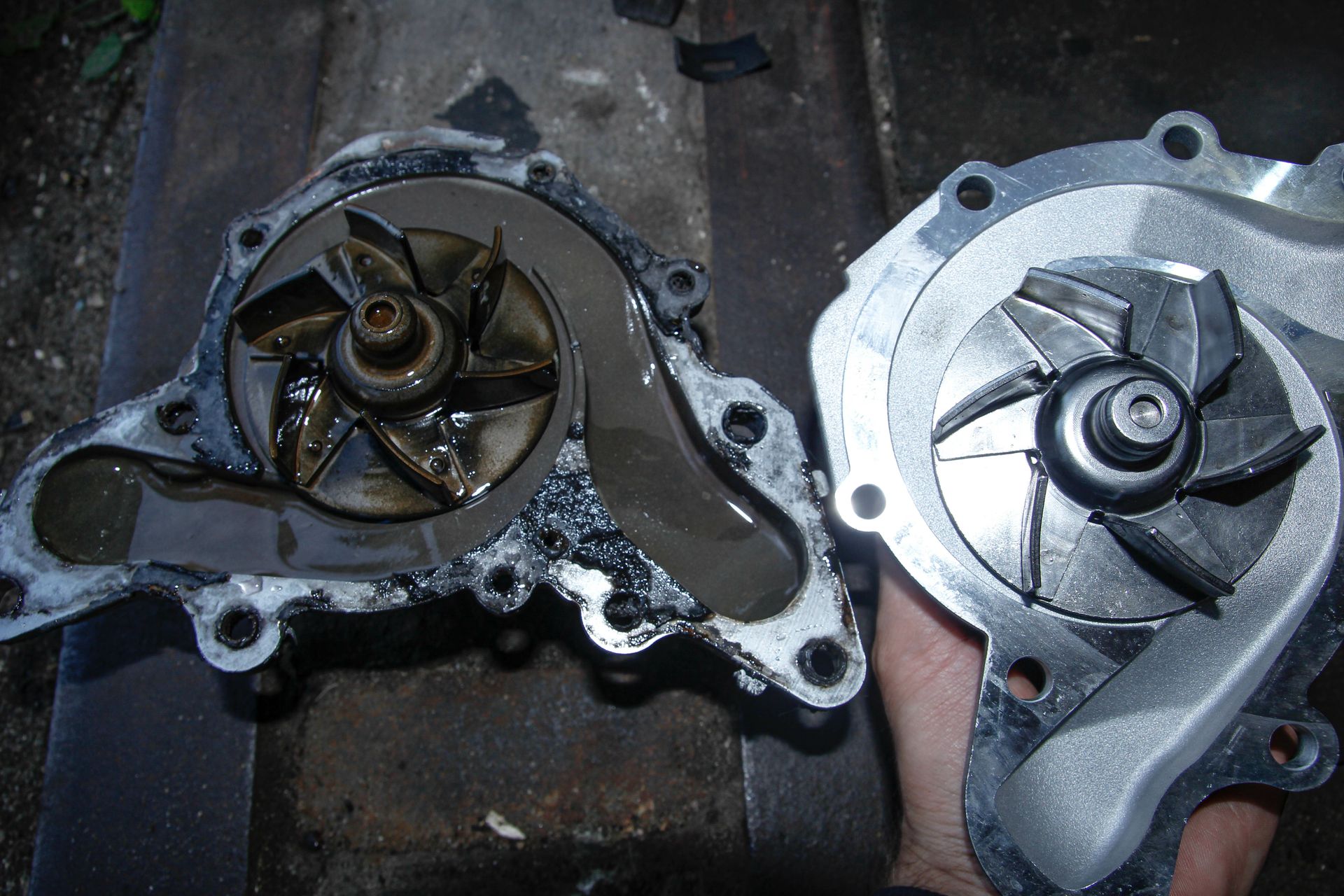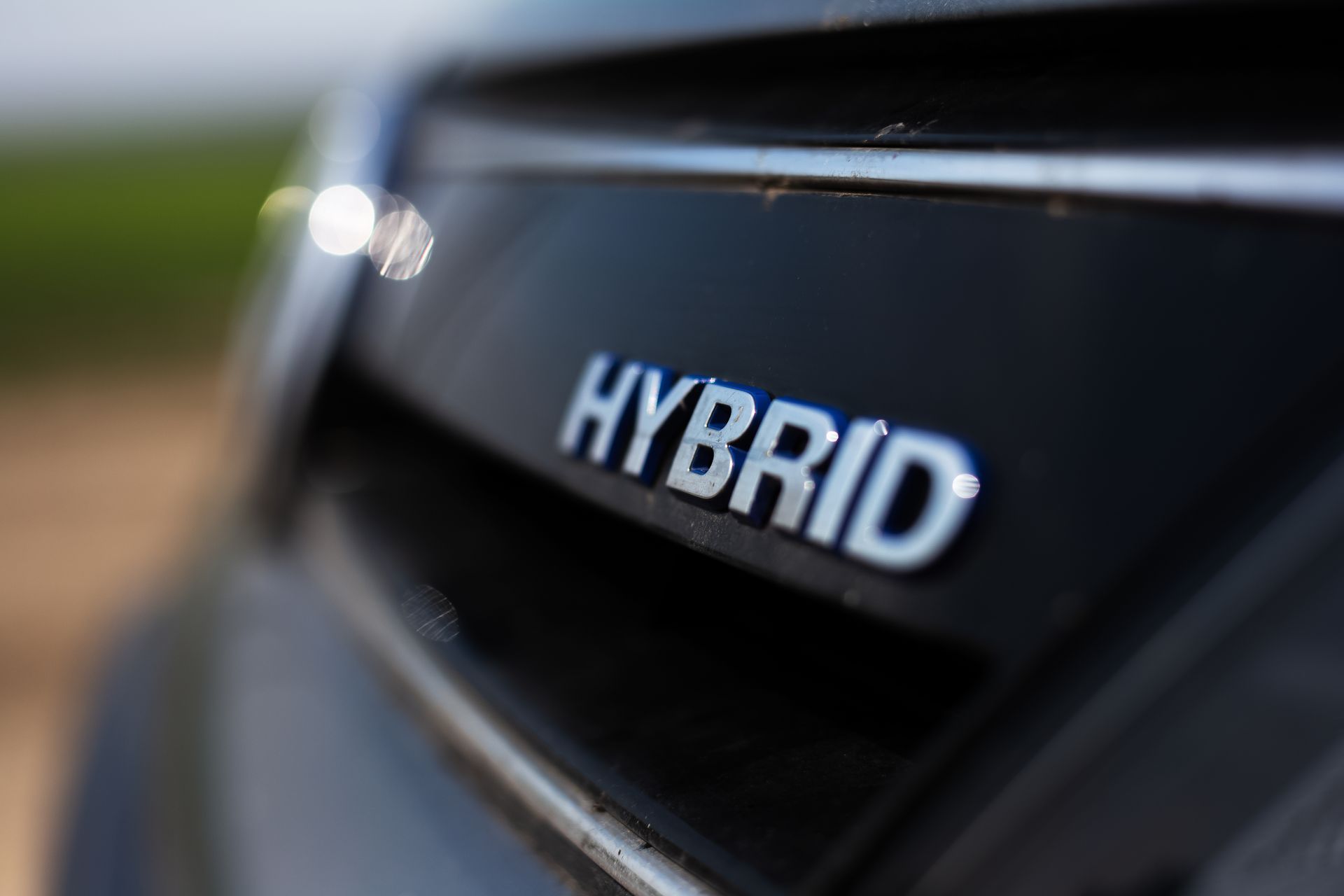Loading ...
Missing business hours data / Error occurred while getting the data.
Tips for Preparing Your Car for the Fall
September 30, 2024
As summer fades and cooler weather starts to creep in, it's important to ensure your car is ready for fall's challenges. The transition from warm to cooler temperatures affects your vehicle in ways that might not be immediately obvious, but ignoring them can lead to costly breakdowns down the road. Whether it’s preparing for rain, cooler nights, or even the falling leaves, giving your car a bit of attention now will save you headaches later. These are some essential tips to get your car ready for fall.
Check Your Tire Health
Tires are your car’s only point of contact with the road, so it's essential to ensure they're in optimal condition as you enter the fall season. As temperatures drop, tire pressure decreases, which can lead to under-inflated tires. Under-inflated tires wear unevenly, reduce fuel efficiency, and could potentially cause an accident if not addressed. Check your tire pressure at least once a month, and don’t forget to inspect the tread depth. You’ll want solid traction as wet, slippery roads become more common.
A simple way to check tread depth is the "penny test." Insert a penny into the tread groove with Lincoln’s head upside down and facing you. If you can see all of Lincoln’s head, it’s time to replace your tires.
Inspect Your Windshield Wipers
Fall brings its fair share of rainy days, and nothing compromises visibility more than old or worn-out windshield wipers. If your wipers leave streaks, make strange noises, or don’t clear the windshield as efficiently as they should, it’s time to replace them. Wiper blades typically last six months to a year, so it’s worth checking them before heavy rain becomes an issue. Pair new wipers with a full reservoir of windshield washer fluid to ensure clear vision on rainy days.
Test Your Car Battery
Cooler weather can take a toll on your car’s battery, especially if it’s already on the older side. Fall is the perfect time to test your battery’s health and ensure it's fully charged. Most auto parts stores can test your battery for free and tell you whether it’s time for a replacement. If you notice any signs of a weak battery—like dimming headlights, slow engine cranking, or electrical issues—it’s better to replace it now than risk being stranded in the cold.
Check the battery terminals for corrosion. A simple cleaning with a mixture of baking soda and water can help.
Make sure all connections are tight and secure.
Pay Attention to Your Car’s Fluids
Fluids are the lifeblood of your vehicle, and fall is a great time to check them all—especially since colder weather can thicken some fluids. Start by checking the oil. If your oil is dark and dirty, schedule an oil change. You should also check your coolant (antifreeze) levels, as this fluid regulates your engine’s temperature and prevents it from freezing in the colder months. If it’s been more than two years since your last coolant flush, now’s a great time to get it done.
Other fluids to check include:
- Brake fluid: Crucial for safe braking, especially as road conditions worsen.
- Transmission fluid: Ensures your car shifts gears efficiently.
- Power steering fluid: Helps you steer with ease, especially in tight situations.
Keep Your Lights Bright
As fall progresses, the days get shorter, and you’ll find yourself driving in the dark more often. Proper lighting is essential for visibility and safety, so check all of your car’s lights—including headlights, taillights, brake lights, and turn signals. Replace any burnt-out bulbs and ensure your headlights are aligned properly. If your headlights appear foggy or yellowed, consider using a headlight restoration kit to improve their brightness and clarity.
If your vehicle has fog lights, this is the perfect time to make sure they’re functioning properly, as they’ll be handy during foggy, damp mornings common in the fall.
Don’t wait until you’re stuck on the side of the road. Bring your car to
Silvhorn Automotive for a thorough fall inspection. From wipers to lights, we’ve got you covered. Reach out to us today to set up your service!
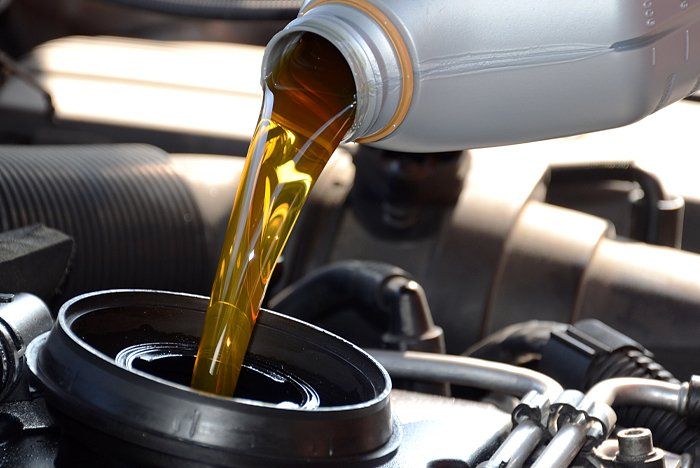

Loading ...
Missing business hours data / Error occurred while getting the data.
Having Trouble Finding Us?
Loading ...
Missing nap lines data / Error occured while getting the data.

